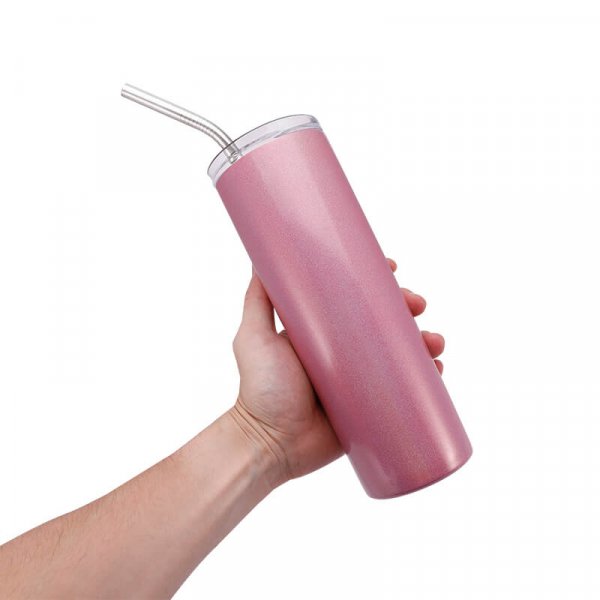

A study revealed that overweight children who participated in fitness camps drank 88% more juice when dining because they underestimated the capacity of short, wide glasses ( Wansink & Van Ittersum, 2003), a phenomenon that was also observed among adults in fitness camps. Recently, visual illusions have been applied to daily life product design, such as for clothing, tableware, and marketing and in clinical practice, such as for weight loss diets and alcohol limitation regimens. Visual illusions have received increasing attention despite a lack of practical applications in the past. In practical application, these study results should be considered in conjunction with the context and purpose of drink and container selection to understand the commensurate illusory effects. In addition, this study revealed that men underestimated the volume more than women did and thus poured more liquid into the glasses. The geometric features of the glasses yielded inconsistent results for different pairs of glasses these dissimilar results may have been caused by differences in visual cues (glass rim or height) affecting volume perception under different experimental settings. The results revealed the goblet and tumbler pairs in both the proportionate-size and elongation groups produced significant effects on overall volume perception by contrast, the effects of lighting and liquid color were only observed in specific groups.

Sixty individuals (30 men and 30 women) participated in an experiment that demonstrated volume perception of a specified amount (100 ml or 200 ml, depending on the container) by pouring water or red wine into different pairs of glasses. Try a B-52, a simple pousse-café style cocktail that makes a great after-dinner treat.This study explored the effects of geometric features (i.e., proportionate size and elongation) of tumblers and goblets on volume perception under different lighting environments and with different colors of liquid. This will change the flavour, giving the spirit at the top a nuttier taste – and don’t forget to slam your hand over the glass to put out the flame before you drink it! Another way to impress is to light the cocktail with a bar torch. If you get this right it can create an eye-catching pattern but just like learning to pour a silver fern on a flat white, it takes practise. Why not make your final shot slightly heavier so it drops down through the layers. Once you have the layering down, you can have a bit of fun with the weight. If you are not using a traditional pousse-café recipe you can check this specific gravity chart to see the weight of the spirits or liqueur you are hoping to use. If you’ve ever made a coffee float, the technique is much the same as pouring the cream. To create that beautiful layered effect, the ingredients must be poured, gently and slowly, over a bar spoon and down the side of the glass in an exact order – the heaviest spirit first, otherwise they will all sink. A pousse-café glass, once a staple in any self-respecting dinner service, is rather hard to come by these days so you could use a straight champagne flute, or a slender tumbler. It’s a very specific vessel, rather like an oversized shot glass. These ingredients were designed to help settle the stomach after a rich meal.Ī pousse-café has many distinguishing elements, first off is the glass. A digestif served with the coffee course after dinner, it included grenadine, cherry liqueur, crème de menthe, crème de violette, yellow Chartreuse and brandy.

Few cocktails sum this up more than a pousse-café, yet it’s largely unheard of these days.Ī French tradition dating back to the 1800s, it translates almost literally as "coffee chaser". We like cocktails because they refer us back to a more decadent era, when there was more time to linger and love, to think and create, to impress friends with a thing of beauty.


 0 kommentar(er)
0 kommentar(er)
